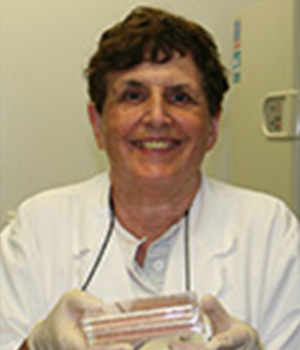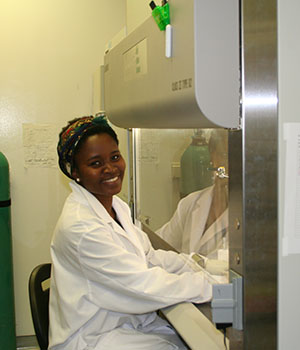

A major research interest has been in the role of oxidative damage in aging and age related diseases, and more specifically the mechanisms that cells use to protect against oxidative damage. My laboratory discovered the methionine sulfoxide reductase (Msr) system that can repair oxidative damage to proteins resulting from methionine oxidation. The Msr system has now been shown to be involved in life span extension in both flies and worms. Small molecule activators of recombinant mammalian MsrA and MsrB have now been identified that are being tested in cell culture and animals in vivo. Recent work has focused on sulindac, a known NSAID, in protecting cells against oxidative damage. The Msr system reduces sulindac, a prodrug, to sulindac sulfide the active COX inhibitor. However, sulindac has novel properties unrelated to its NSAID activity. It can initiate a protective preconditioning mechanism in normal cells similar to that observed in ischemic preconditioning. As example we have shown protection of the heart against ischemia/reperfusion damage and the retina against chemical oxidation and UV damage. Of interest is the finding that cancer cells, unlike normal cells, are more sensitive to oxidative damage after treatment with sulindac.


